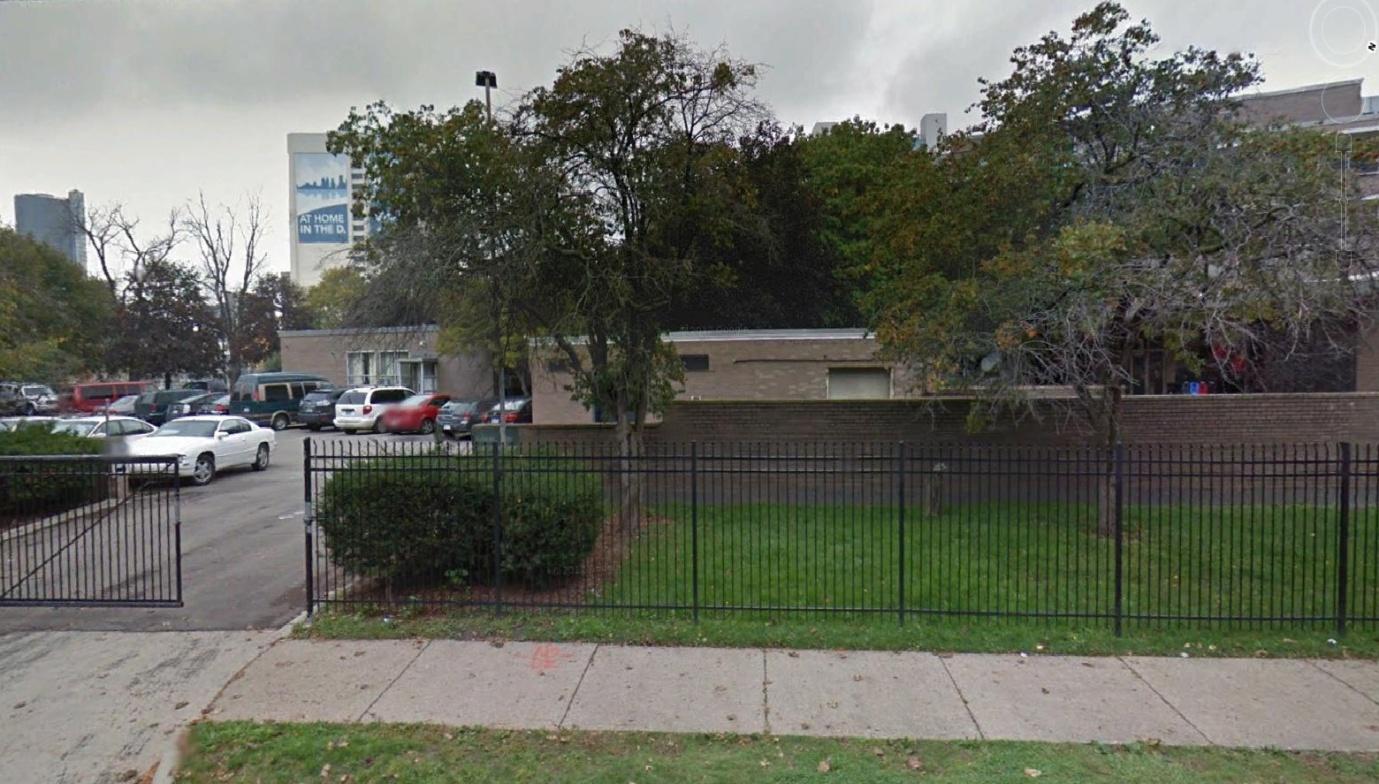Sadly enough, poor living conditions for a considerable number of people in the third-world countries is an inevitable part of the present-day reality. Despite the few attempts to address the given issue in several countries, the situation with poor living conditions remains the same all over the world; and, worse yet increasingly more people consider such living conditions as a norm. However, even in a relatively wealthy state, living conditions can become extremely uncomfortable. One of the most graphic examples of the given assimilation with the environment and unwillingness to change anything about the given deplorable state, Detroit and one of its most infamous districts, Grosse Pointe are worth taking a closer look at.
Much like favela described by Parks, the given city and most of its elements create a rather controversial impression, with every single element carrying their unique features, on the one hand, and the overall mess and evident decay of the city, on the other hand.
In contrast to Parks’ favela, however, Detroit and its districts do not have the element of vivacity that makes the former quite bearable and even curious for several tourists to explore. Favela being colorful and memorable, Detroit, with its ghostly atmosphere, creates the same feeling that one can experience when entering a haunted house. While some of its parts look quite innocent, some of the districts have the exact look like the haunted places portrayed in movies.

It should be mentioned, though, that not every single part of the city cries for help from the municipal administration; quite on the contrary, just a few steps away from the buildings that look like a perfect venue for someone to meet his/her worst nightmares, there are rather nice and inviting places in the city – at least, compared to the ones that are located northwards. However, when considering these places closer, one will be able to spot that they leave much to be desired in terms of maintenance.
Among the most memorable elements of the city and its least inviting districts, colors should be mentioned first. In any other city, bright colors of commercials clotting the streets, as well as colorful elements of stores and other buildings, including even office premises, fall into the eye immediately. With the elements of Detroit background, however, it is not that simple; while there are many colors as well, they are all somewhat dim and, for the lack of a better word, unexpressive. Streets look like something has drained all creativity out of the people responsible for making the city look good, and the suburban elements do not add much to the colorless background.

Detroit and its districts leave a very bizarre impression. Although it cannot be denied that the city and its numerous districts have a very hostile atmosphere, there is a certain charm to these places.
Another remarkable element of the city is the way it sounds. Whenever appearing in the middle of a street in, say, New York, one is most likely to hear the sound of cars moving along the street, people talking, arguing, discussing something, or, at the very least, hear someone asking a passer-by what time it is. In a typical Detroit street, it is not expected to hear people’s voices, like in other places; even cars seem to make less noise here. The given detail creates a rather suspenseful mood, therefore, contributing to the bad reputation of the city. To make the matter worse, in the suburbia, the few sounds that one might hear when strolling down the street, will not dispose one to track their source.
The last, but not the least, element that contributed to the mix of impressions from a travel around the city suburbs, the odor of some of the areas should be mentioned. Again, the given feature is typical only of the least fortunate parts of Detroit, which seem to have been left out of the plan for city area improvement. When approaching the Detroit soap factory, one will realize that the statement “Detroit smells” has some grains of truth in it.
Generally speaking, when leaving the city, one will have a rather mixed impression about it. Truly, some parts of the city are a mess, and need to be taken better care of; moreover, the great number of buildings that, quite honestly, should have been demolished long before, create a very uneasy feeling. However, the rich culture of this place, the elements of which can be traced even in graffiti that one will see all over the buildings, is amazing.
When considering the factors that have caused the current city-state, it can be argued that the native residents of Detroit are not to blame for their poor living conditions, since the actual dwellers of Detroit and its suburbs have little to do with the factors that cost Detroit its reputation. Indeed, analyzing the reasons for the city to have become so dangerous for living and so unstable in terms of finances, one must blame the people at the helm of the city infrastructure. By making an effort, the residents of Detroit can convince the Michigan authorities to make the city look better.
Works Cited
Detroit 2013. Google Earth. Web.
Detroit Abandoned House n. d. Web.